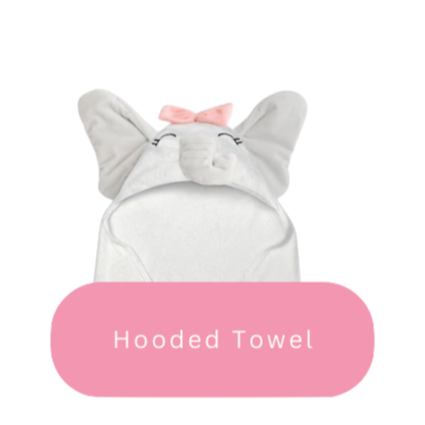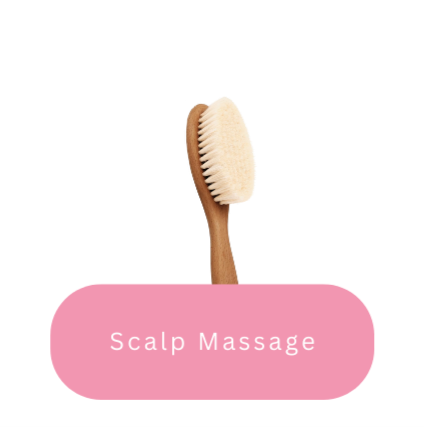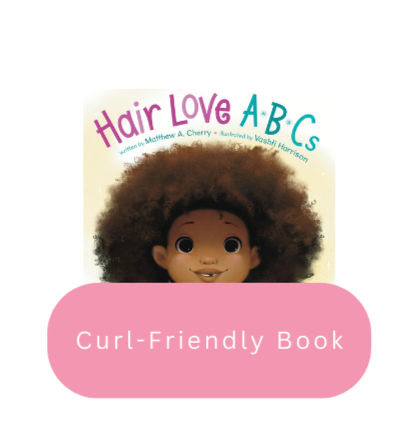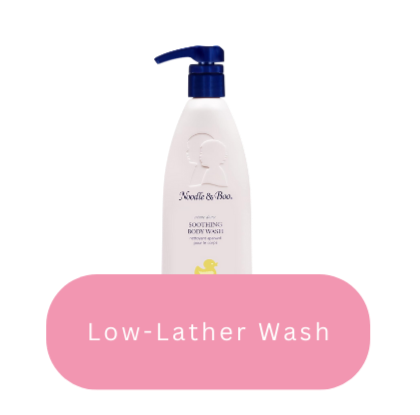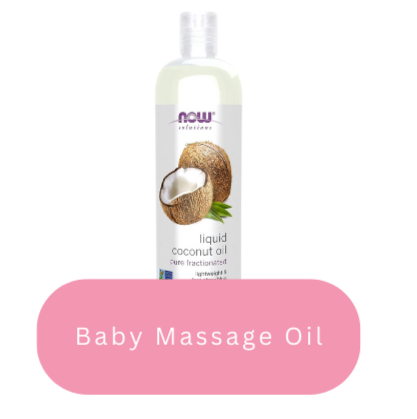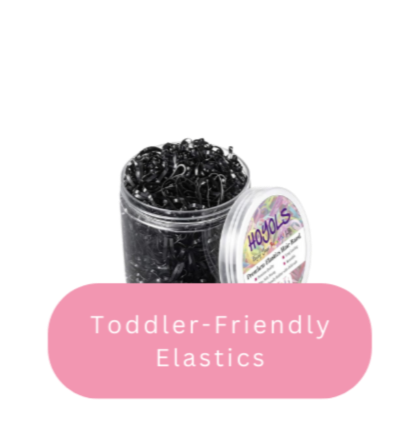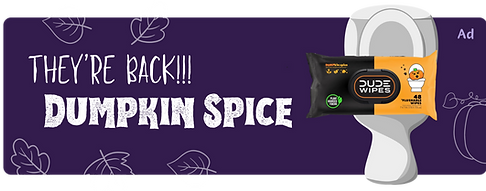Baby Hair Texture Journey (0-24 months)
- DommiesBlessed
- Jan 9, 2021
- 2 min read
Updated: Sep 13
We noticed our daughter's texture changed around 10 months. Below is her hair journey in photos...
Now that you've seen our daughter's hair with your own eyes, I'm going to describe what I noticed as she grew.
1. Natural Sheen
Sheen is how the light reflects off the hair. Even though her texture changed, her hair still shines.
2. Tighter Coils

Above shows the difference between her 7-day old hair and her hair at 24 months. While it starts out with a slight bend/wave, by time she reached 24 months her hair was tightly coiled.
3. Softness
Her hair as a newborn was wavy soft. And her hair as a 2-year old is kinky soft. One feels smooth (like a feather), while the other feels fluffy (like a cotton ball). They are very different from one another, but both are very soft.
How Would You Describe Your Baby's Hair?
Feather Soft
Cotton Soft
Pillow Soft
Other
4. Porosity
Porosity is the ability for the hair to absorb and retain moisture. If you look at the picture below the water is just sitting on our daughter's hair.

Now that our daughter has way more hair (and it's longer), we have to run the water over her head for a few seconds to fully saturate it. I find this fascinating because it shows how strong the hair is. Meaning, it takes some time before her hair allows anything to penetrate it.
Who Will Do Your Baby's Hair?
me
my partner
someone else
5. Hair Density
Hair density refers to the number of strands per inch. There can be different densities for different areas of the head (front, back, sides, crown).

Lower density means there are less hair strands making the scalp visible. Sections of the head with higher density make it nearly impossible to see the scalp unless you part the hair. While you can see more of her scalp as a newborn. The crown of her head still seems to be the most dense months after her birth. Below shows her crown (the top of her head) as a newborn and at 24 months.

6. Hair Color
Our daughter's hair got lighter as she aged (not darker). Her hair went from a deep black to a brown. How sunny it is also affects how drastic the color change is.
If you're curious which texture your little one will have, you can take our baby hair predictor quiz here.
Baby Hair Checklist
Make it your own by adding or deleting items.
Our Hair Care Picks
Affiliate Links




















































